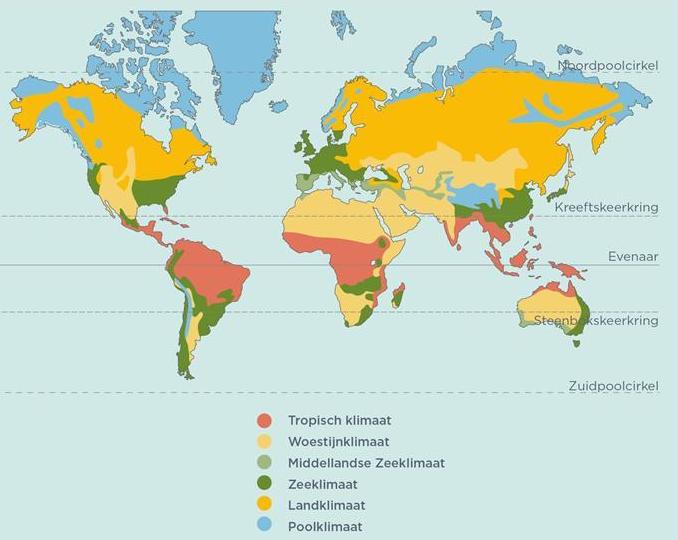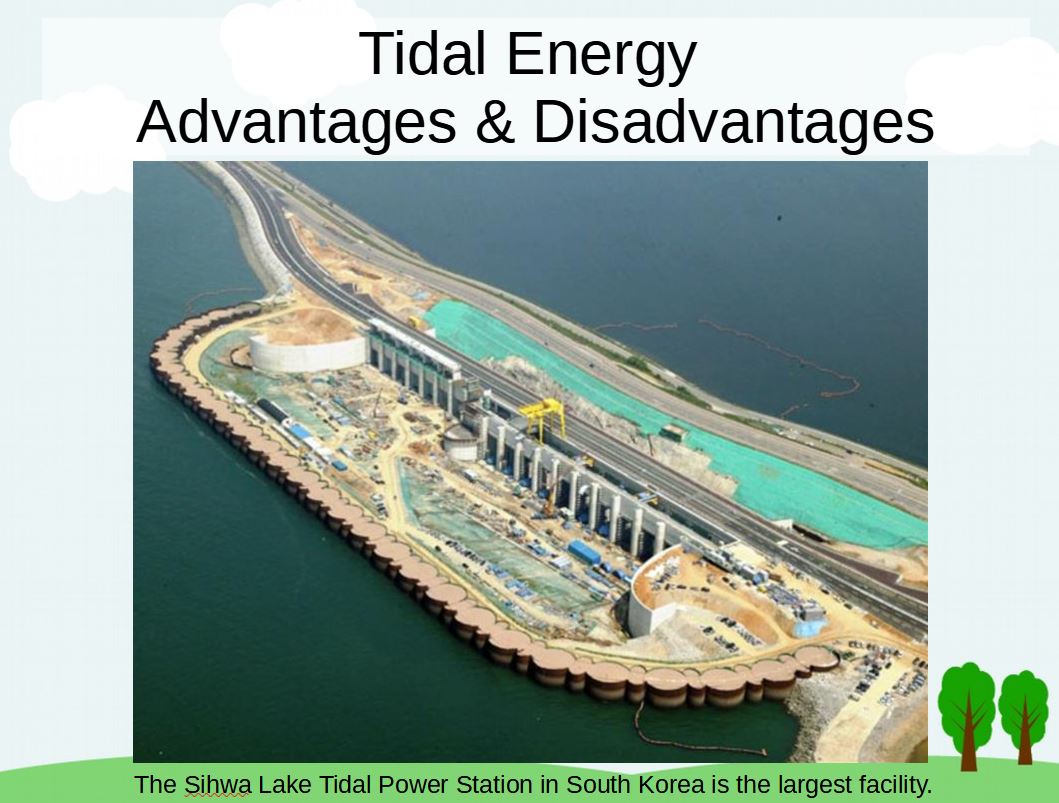Updated By: LatestGKGS Desk
Koppen Climate Classification: Introduction, Facts, Map, Merits, & Demerits

What is the Koppen Climate Classification System? Description, Advantages, Limitations
Koppen based his classification on the mean monthly values of temperature and precipitation. By these statistics, the most potent factor of precipitation can only be estimated, rather than measured accurately.
Koppen did not take into account such weather elements as winds, precipitation intensity, amount of cloudiness, and daily temperature extremes only for the sake of making his classification generalized and simple.
The temperature and precipitation are the two most effective weather elements that exhibit the effects of climatic controls more clearly than any other weather elements.
These elements affect other aspects of our physical environment more directly than any other element. Obviously, the system of classification devised by Koppen is directly related to those aspects of the environment which are clearly visible to us.
This system is not universally applicable. It utilizes, for example, only the data or mean monthly temperature and precipitation. There is no provision for variations in the strength or constancy of winds, temperature extremes, precipitation intensity and range, amount of cloud cover, or the net radiation balance. Its greatest inadequacies perhaps lie in its application to humid dry boundaries, and it should not be considered for land management and planning purposes, where more precise and varied factors should be utilized.


